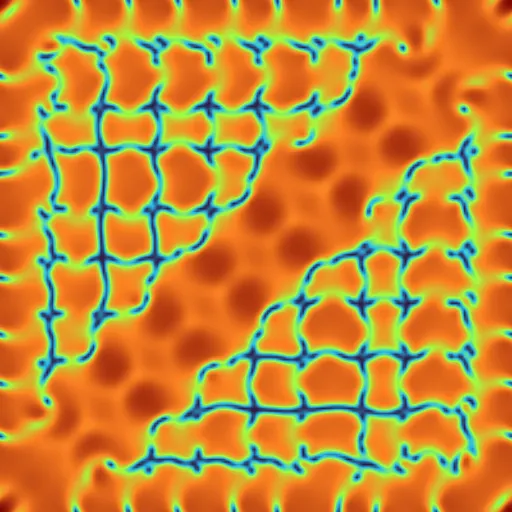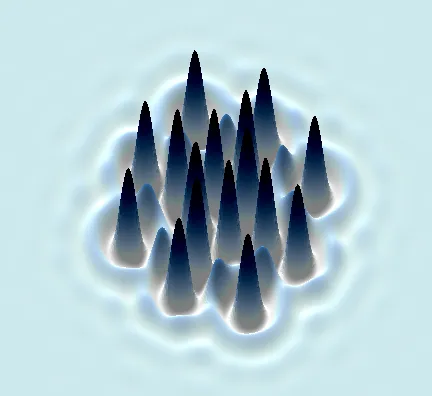What is VisualPDE?

Developing intuition for mathematics can be difficult, whether or not you are a mathematician.
VisualPDE aims to solve this problem.

Our lightning-fast simulator makes mathematics visual and interactive on almost any device.
Jump into a simulation to see for yourself.



Not a mathematician? No problem.
Try out our interactive Visual Stories for a snapshot of cutting-edge science and mathematics.

The idea
Communicating mathematics can be challenging. This is especially true for partial differential equations (PDEs), which are a staple of undergraduate mathematics courses and almost ubiquitous in mathematical modelling of the real world.
Many of these equations exhibit intuitive behaviours, but it can be hard to see that just by looking at the symbols. We set out to create a tool for solving this problem, aiming to allow anyone to type in their PDE and instantly visualise and interact with solutions of these equations. Crucially, we wanted people to be able to do this without needing to take a course on numerical methods, or even one on PDEs.
Read more about VisualPDE and its context in our article in the Bulletin of Mathematical Biology.
Beginnings
Through a Durham Centre for Academic Development collaborative innovation grant, Alex Chudasama (a final-year undergraduate at Durham University) designed an early version based on this reaction–diffusion simulator.
From this proof-of-concept, development of what became VisualPDE took off and we released the first public version in April 2023. Since then, we’ve kept expanding VisualPDE and its applications, from education and research to knowledge exchange and public engagement.
VisualPDE today
Today, VisualPDE is both a simulator and a collection of examples for exploring the world of PDEs. VisualPDE has been used around the world to teach, engage and interact with mathematics and science through tens of thousands of simulations.
Some external applications of VisualPDE include:
-
An interactive logo for the Society for Mathematical Biology
-
Providing figures and supporting simulations for a rigorous study of localised pattern formation in dryland vegetation
-
Numerical simulation of temporal and spatiotemporal oscillations in a model of viral cancer therapy
-
A paper demonstrating the insufficiency of linear stability theory in understanding Turing patterns
-
Exploring the principles behind the design of simple but effective robotic filaments for microscale swimming in a multidisciplinary paper
Using VisualPDE
Everyone is free to use VisualPDE (see our licence if you’re looking for industrial use). Anyone can explore the examples, design their own simulations and share them with a URL, or even copy the markdown-based website from GitHub to design their own version of our website.
Our collections of Visual Stories are a good place to start exploring, after which you can delve into our other collections and examples. You can also check out our detailed User guide to dive under the hood.
If you use VisualPDE in your research, we’d be grateful if you could cite our article about the context, design, and applications of VisualPDE in the Bulletin of Mathematical Biology.
The team
VisualPDE is a team effort, written and maintained by Benjamin Walker, Adam Townsend and Andrew Krause.




